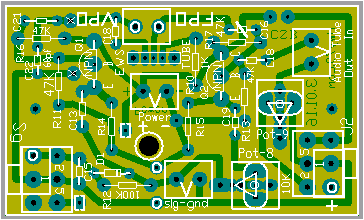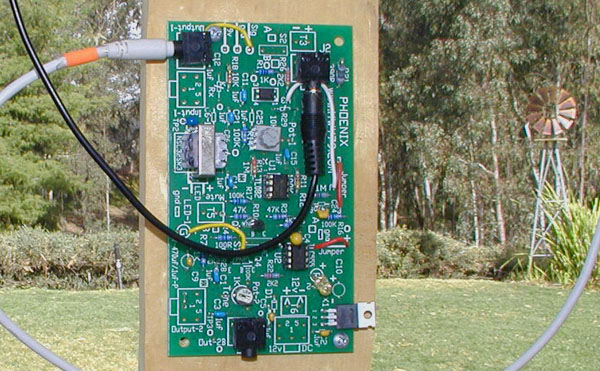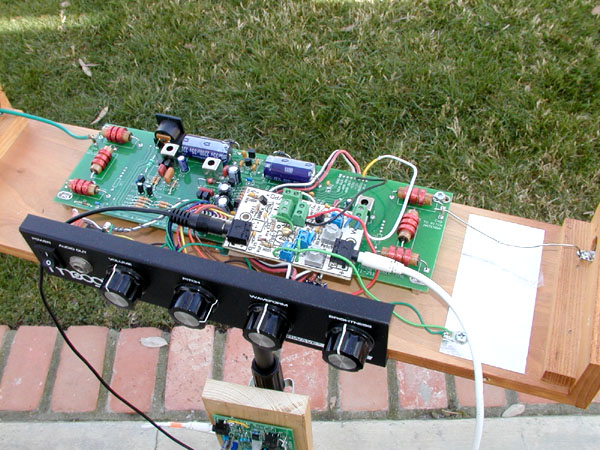There are many ways to enhance sound and hopefully I have enough energy in my old age to try something from scratch ($50 DIY Project) that no one has done before.
On this thread Peter Pringle talks about how he gets his sound.
After a year layoff I fired up some theremin stuff this week, maybe a fresh mind. My immediate interest is to avoid vacuum tubes and focus on the EtherWave Standard and try to skew the EWS wave-shape for the classic harmonically rich Clara sound. It is all about wave shape, samples when I get there next week. I use a breakout board very similar or spin off of dewster's original YAEWSBM which gives an extreme low end (too smooth) and then I feed the signal pre-volume control into an external 3" x 5.2" board I designed and think dewster already has two of these PCB's in a drawer somewhere, it is analog so probably buried very deep.
This EWS Performance introduced in this forum by Coalport really captures the beauty of the performer not the machine.
Christopher




